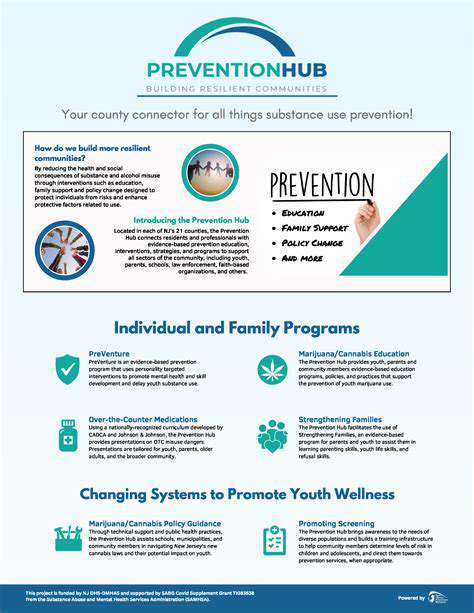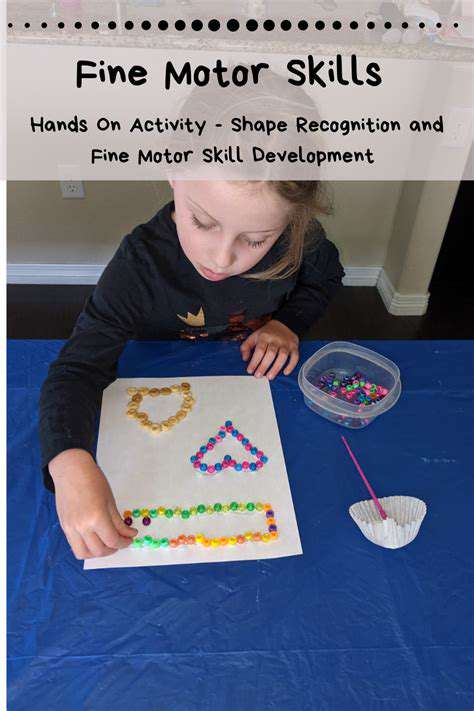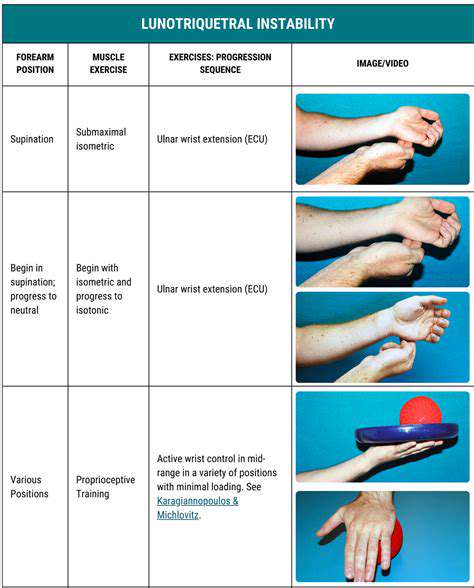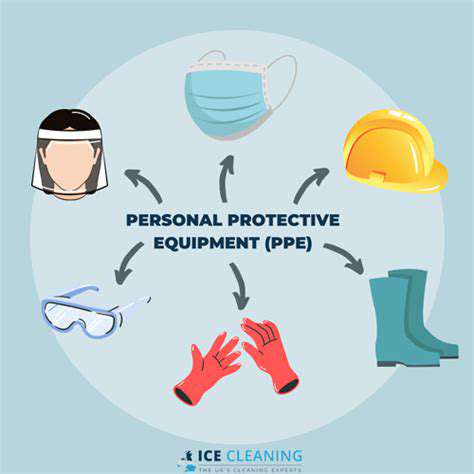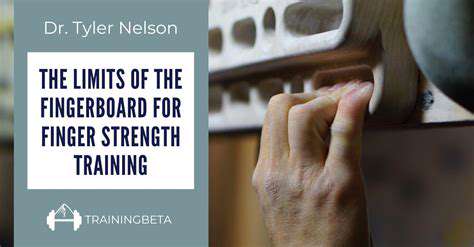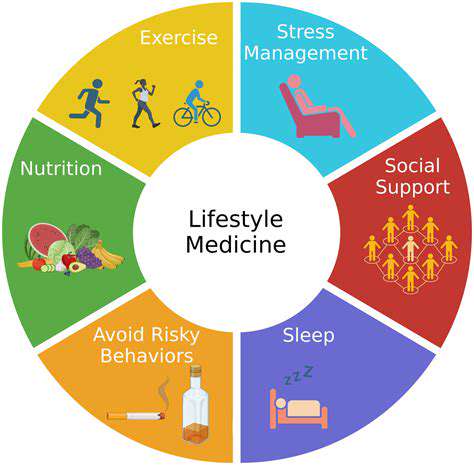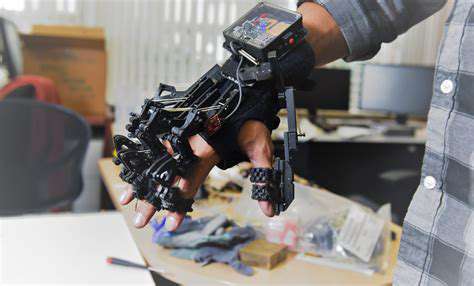The Impact of Aging on Hand Strength and Mobility
The Impact on Fine Motor Skills and Dexterity
The Weakening Grip: How Aging Affects Hand Strength
Diminishing hand strength represents one of the most noticeable age-related changes affecting manual abilities. The small muscles in our hands and fingers gradually atrophy, making it harder to maintain a firm grip or apply precise pressure. This loss of strength directly impacts our ability to perform delicate manipulations - think of the difference between easily turning a key in a lock versus struggling with the same motion years later.
Nerve degeneration compounds these muscular changes. As the neural connections weaken, the brain receives less precise feedback about hand positioning and pressure, creating a sort of fog in our manual control system. This explains why older adults might accidentally crush a delicate object while trying to grasp it firmly.
Changes in Tendon and Ligament Function
The connective tissues in our hands - the tendons that move our fingers and the ligaments that stabilize our joints - stiffen with age. Imagine rubber bands left in the sun too long; they lose elasticity and become brittle. This biological weathering makes our hand movements less fluid and more prone to discomfort or injury during activities requiring flexibility.
This stiffness particularly affects tasks requiring wide ranges of motion, like reaching to grasp large objects or making sweeping gestures. Many older adults notice they can no longer comfortably stretch their fingers as wide as before, which affects everything from playing piano to handling kitchen utensils.
Impact on Bone Density and Joint Stability
Our hand bones gradually lose density, becoming more porous and fragile. This change, combined with cartilage wear in joints, creates a perfect storm for decreased stability. You might notice your hands feeling less solid when applying pressure, or joints seeming to shift unpredictably during certain motions. These changes make precision work more challenging and increase injury risk during falls.
The Role of Sensory Changes in Dexterity
The nerves in our fingertips don't just control movement - they provide crucial sensory feedback. As these nerves degenerate, we lose some of our ability to feel what our hands are doing. This explains why an older person might struggle to distinguish between similar textures or fail to notice they're gripping something too tightly. This sensory loss creates a significant barrier to delicate manipulations that require constant tactile feedback, like sewing or handling small electronic components.
Everyday Activities and Functional Limitations
The practical implications become apparent in countless daily scenarios: difficulty turning doorknobs, trouble manipulating zippers, challenges using touchscreen devices. These frustrations often lead to avoidance of certain activities, which ironically accelerates the decline through disuse. The psychological toll can be substantial, as people feel their independence slipping away one small task at a time.
Strategies for Maintaining Hand Strength and Dexterity
Proactive measures can make a world of difference. Simple tools like therapy putty or hand exercisers maintain strength when used regularly. Many find relief through paraffin wax treatments or warm water soaks that improve flexibility. The key is consistency - just 10-15 minutes of daily hand exercises can significantly slow functional decline. Adaptive tools, from ergonomic utensils to easy-grip gardening equipment, help bridge the gap when natural abilities diminish.
The Importance of Early Intervention and Prevention
Starting preventive measures in midlife yields the best results. Like saving for retirement, investing in hand health early pays dividends later. Simple habits - regular stretching, avoiding repetitive stress, maintaining good circulation through movement - all contribute to preserving function. When challenges do arise, early consultation with hand specialists can identify solutions before small problems become significant limitations.

